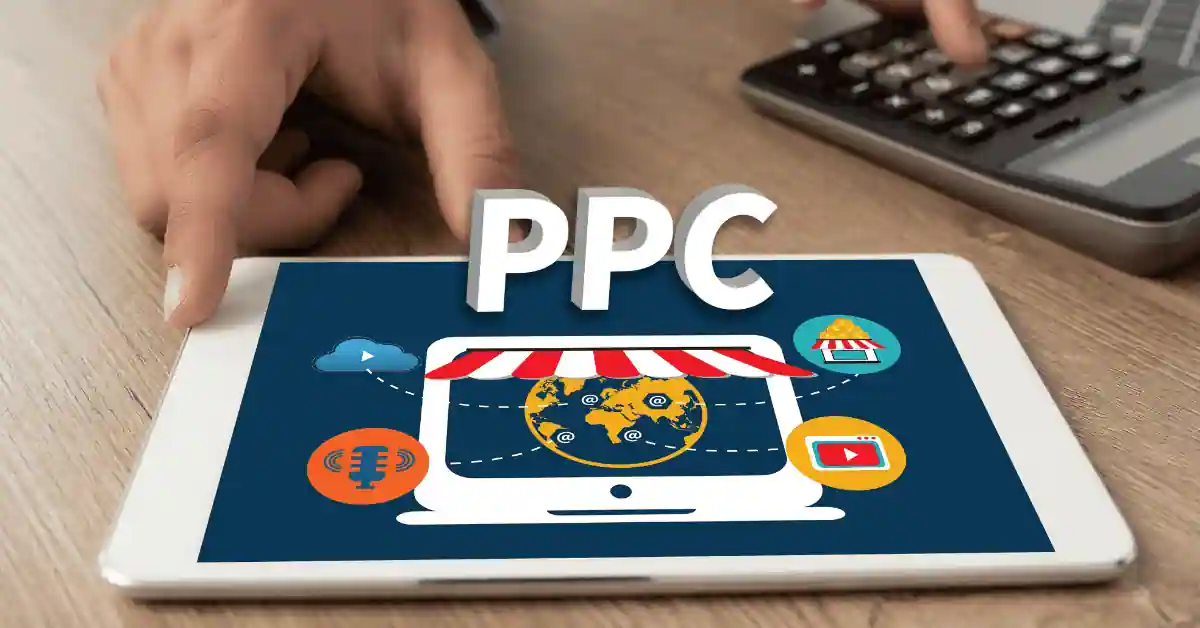We’ve all been there—staring at a report that feels like it could double as a sleep aid. You’ve put in the work, but does the content truly deliver? The secret to transforming reports from dull to dynamic lies in how you improve content delivery.
A report’s success isn’t just about the information it conveys, but how well it resonates with its audience. By following a few simple rules, you can make sure your reports are not only informative but also compelling and easy to digest.
So, let’s talk about how to elevate your report game and deliver content that sticks.
1. Understand Your Audience
Before you even begin drafting your report, ask yourself: Who will be reading this? A report for a board of directors is a very different animal from one written for a team meeting. Adjust your tone, structure, and level of detail accordingly.
- Tip: Imagine explaining your report to a friend with minimal background knowledge. This approach ensures clarity without overloading your audience.
2. Start with a Hook (Yes, Really!)
Starting your report with a dry, “Here’s the status of Q3,” won’t grab anyone’s attention. Instead, lead with a compelling statement or question that highlights the importance of your report. Think of it like the opening line of a great novel—it should intrigue the reader.
- Example: “Did you know that 50% of companies report losing customers due to poor communication? Let’s make sure your business isn’t one of them.”
3. Be Clear and Concise – Less is More
One of the simplest rules to improve content delivery in reports is the power of brevity. Long, winding sentences can confuse readers. Instead, aim to get to the point quickly and clearly. Break down complex ideas into digestible chunks and eliminate fluff.
- Tip: Use bullet points or numbered lists for easy skimming. Google loves content that’s easy to digest, and so will your readers.
4. Structure Your Report Like a Pro
A disorganized report is a no-go. Structure your content with clear headings and subheadings that guide the reader through your report step by step. This approach not only makes your content easier to follow but also aligns with SEO best practices.
- Example: If you’re writing a report on sales performance, include subheadings like “Revenue Trends,” “Market Insights,” and “Recommendations.”
5. Use Visuals Wisely
Visual elements like graphs, charts, and tables can turn a boring report into something engaging. But don’t go overboard. Use visuals to illustrate your key points, not to decorate the page. Make sure they’re easy to understand and add value to your narrative.
- Tip: Always label your visuals clearly and reference them in your content. “As shown in Figure 1…” helps the reader connect the dots.
6. Focus on Key Takeaways
Your reader doesn’t want to sift through an entire report to find the most important information. Make your key takeaways stand out by highlighting them in bold or using a summary at the beginning or end of your report.
- Example: “Key Takeaways: Revenue is up 12%, and we need to invest in social media marketing.”
7. Add a Dash of Personality (But Keep It Professional)
No one wants to read a robotic, lifeless report. While you should always maintain professionalism, injecting a little personality into your writing can make your report more engaging. A light touch of humor or relatable language can work wonders.
- Example: “Let’s not beat around the bush. If we don’t step up our efforts, next quarter’s numbers might make us wish we’d taken that extra coffee break.”
8. Edit, Then Edit Again
A common mistake in report writing is skipping the editing process. Typos, grammatical errors, and unclear phrasing can undermine the effectiveness of your content. After drafting your report, put it down for a bit and then review it with fresh eyes. Or, ask a colleague for feedback.
- Tip: Tools like Grammarly and Hemingway can be your best friends here!
9. Use Data to Support Your Claims
Nothing beats a solid fact or statistic when making a point. By backing up your claims with reliable data, you not only improve the credibility of your report but also engage your audience more effectively.
- Example: “According to a recent survey by XYZ, 80% of consumers prefer personalized marketing emails. This reinforces our need to adopt a more tailored email campaign strategy.”
10. End with a Call to Action
A report that doesn’t offer a clear next step is like a pizza without cheese—just not as satisfying. Conclude your report with a call to action, directing your reader on what needs to happen next.
- Example: “Based on the findings, let’s schedule a team meeting next week to discuss action steps for improving customer retention.”
11. Optimize for SEO (Don’t Forget This Step!)
Even though this post is about improving content delivery in reports, it’s important to remember that your reports can be optimized for SEO too. Use related keywords naturally throughout your report to increase visibility on search engines.
- Related Keywords: improve content delivery, content report optimization, effective reporting, professional reporting tips, data presentation tips
12. Format for Skimmability
Your readers are busy, and they’ll often skim your report rather than reading it word-for-word. So, format your report to make skimming easy. Use short paragraphs, bullet points, and bold text to highlight key points.
Conclusion: Master Content Delivery for Better Reports
In conclusion, the key to improving content delivery in reports is simplicity, clarity, and a touch of personality. By following these simple rules, you’ll not only make your reports more engaging but also increase their effectiveness in communicating your ideas. So, next time you sit down to write a report, keep these tips in mind and watch your content shine.
Final Thoughts:
Following these simple rules will help you improve content delivery, boost readability, and keep your readers engaged from start to finish. So, what’s stopping you? Start applying these tips today, and watch your reports transform from “meh” to magnificent!
Additional – SEO and Readability Tips
- Keep sentences short and to the point.
- Use active voice to make your writing more direct and engaging.
- Avoid complex sentence structures to maintain a Flesch-Kincaid score of 75.
- Optimize headings and subheadings with related entities like “clarity,” “engagement,” and “effective communication” to enhance keyword relevance.
FAQ’s
1. What is content delivery in reports?
Content delivery in reports refers to how information is presented to ensure it is clear, engaging, and easy to understand.
2. Why is content delivery important in reports?
Good content delivery helps readers quickly grasp key points, making reports more effective and actionable.
3. How can I improve the readability of my report?
Use simple language, break up text with subheadings, and incorporate bullet points and visuals to make your report easier to read.
4. Should I include visuals in every report?
Not necessarily, but including relevant visuals like graphs or charts can significantly enhance understanding and engagement.
5. How can I keep my reports concise?
Focus on the main message, eliminate unnecessary details, and use bullet points to highlight key information without overwhelming the reader.






